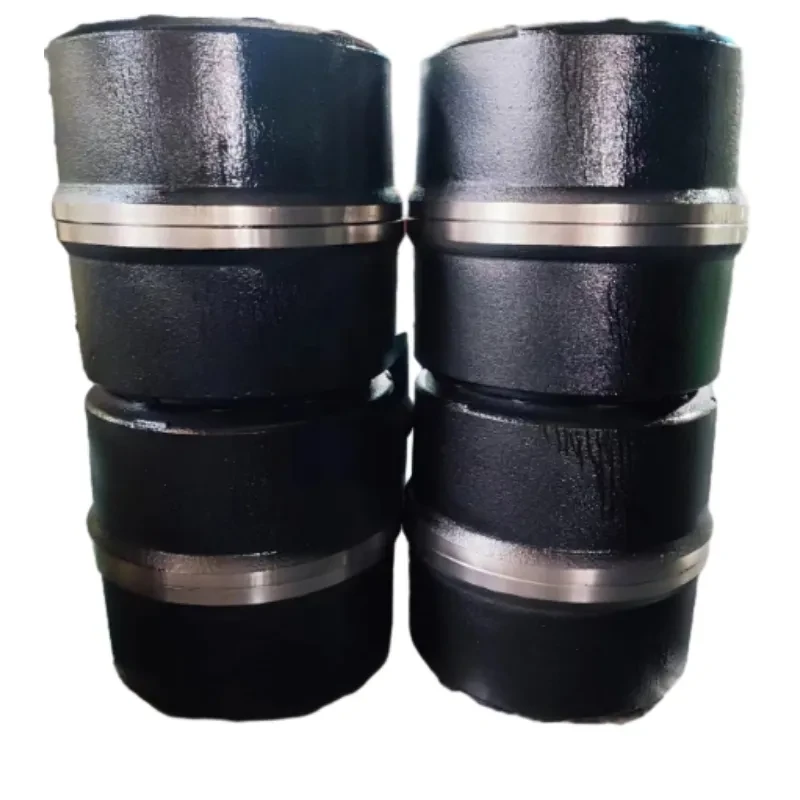
-
 Afrikaans
Afrikaans -
 Albanian
Albanian -
 Amharic
Amharic -
 Arabic
Arabic -
 Armenian
Armenian -
 Azerbaijani
Azerbaijani -
 Basque
Basque -
 Belarusian
Belarusian -
 Bengali
Bengali -
 Bosnian
Bosnian -
 Bulgarian
Bulgarian -
 Catalan
Catalan -
 Cebuano
Cebuano -
 Corsican
Corsican -
 Croatian
Croatian -
 Czech
Czech -
 Danish
Danish -
 Dutch
Dutch -
 English
English -
 Esperanto
Esperanto -
 Estonian
Estonian -
 Finnish
Finnish -
 French
French -
 Frisian
Frisian -
 Galician
Galician -
 Georgian
Georgian -
 German
German -
 Greek
Greek -
 Gujarati
Gujarati -
 Haitian Creole
Haitian Creole -
 hausa
hausa -
 hawaiian
hawaiian -
 Hebrew
Hebrew -
 Hindi
Hindi -
 Miao
Miao -
 Hungarian
Hungarian -
 Icelandic
Icelandic -
 igbo
igbo -
 Indonesian
Indonesian -
 irish
irish -
 Italian
Italian -
 Japanese
Japanese -
 Javanese
Javanese -
 Kannada
Kannada -
 kazakh
kazakh -
 Khmer
Khmer -
 Rwandese
Rwandese -
 Korean
Korean -
 Kurdish
Kurdish -
 Kyrgyz
Kyrgyz -
 Lao
Lao -
 Latin
Latin -
 Latvian
Latvian -
 Lithuanian
Lithuanian -
 Luxembourgish
Luxembourgish -
 Macedonian
Macedonian -
 Malgashi
Malgashi -
 Malay
Malay -
 Malayalam
Malayalam -
 Maltese
Maltese -
 Maori
Maori -
 Marathi
Marathi -
 Mongolian
Mongolian -
 Myanmar
Myanmar -
 Nepali
Nepali -
 Norwegian
Norwegian -
 Norwegian
Norwegian -
 Occitan
Occitan -
 Pashto
Pashto -
 Persian
Persian -
 Polish
Polish -
 Portuguese
Portuguese -
 Punjabi
Punjabi -
 Romanian
Romanian -
 Russian
Russian -
 Samoan
Samoan -
 Scottish Gaelic
Scottish Gaelic -
 Serbian
Serbian -
 Sesotho
Sesotho -
 Shona
Shona -
 Sindhi
Sindhi -
 Sinhala
Sinhala -
 Slovak
Slovak -
 Slovenian
Slovenian -
 Somali
Somali -
 Spanish
Spanish -
 Sundanese
Sundanese -
 Swahili
Swahili -
 Swedish
Swedish -
 Tagalog
Tagalog -
 Tajik
Tajik -
 Tamil
Tamil -
 Tatar
Tatar -
 Telugu
Telugu -
 Thai
Thai -
 Turkish
Turkish -
 Turkmen
Turkmen -
 Ukrainian
Ukrainian -
 Urdu
Urdu -
 Uighur
Uighur -
 Uzbek
Uzbek -
 Vietnamese
Vietnamese -
 Welsh
Welsh -
 Bantu
Bantu -
 Yiddish
Yiddish -
 Yoruba
Yoruba -
 Zulu
Zulu
brake drum forge plans
Brake Drum Forge Plans A Comprehensive Guide
The art of forging is a time-honored technique that allows skilled artisans to create a variety of metal products. Among these, the brake drum has emerged as one of the most essential components in automotive engineering. The brake drum, a vital part of a car's braking system, is responsible for aiding in the stopping power of a vehicle. As such, having a reliable set of plans for forging brake drums is indispensable for those looking to delve into this craft.
Understanding Brake Drums
Before embarking on the forge plans, it is crucial to understand the function of a brake drum. In a vehicle's braking system, brake drums house the brake shoes and play a key role when the brakes are applied. The friction generated between the shoes and the drum surface slows down or stops the vehicle. Due to the high-stress environment they operate in, brake drums must be forged from durable materials, typically cast iron or composite materials, to withstand the heat and pressure generated during braking.
Materials Required for Forging Brake Drums
To successfully forge brake drums, you will need a variety of materials and tools 1. Raw Material High-quality cast iron or steel is preferable, as these materials have excellent wear resistance and thermal stability. 2. Forge A gas or electric forge that can reach high temperatures (around 1300°C or 2372°F) is essential. 3. Hammer A power hammer or hydraulic press will greatly assist in shaping the hot metal. 4. Molds Custom molds specific to the brake drum design will help ensure accurate dimensions and effective cooling. 5. Measuring Tools Calipers and gauges are necessary to ensure all dimensions meet particular specifications.
Step-by-Step Forging Process
1. Heating the Material Start by placing the raw material in the forge until it reaches the desired working temperature. The metal should be glowing red, indicating it is soft enough for forging.
2. Shaping the Drum Using the power hammer, begin to shape the metal into the form of a brake drum. Focus on creating a cylindrical shape with a flat surface.
brake drum forge plans

3. Molding Transfer the shaped metal into the mold to create the internal and external geometries of the drum. Ensure that it fits snugly to minimize the risk of defects.
4. Cooling Once the metal is molded, allow it to cool slowly. This step is critical as rapid cooling can create internal stresses that may weaken the drum.
5. Finishing After cooling, remove the brake drum from the mold and clean it to remove any scale or impurities. Use grinding tools to ensure the surface is smooth and even.
6. Quality Control Finally, measure the dimensions and inspect the brake drum for any inconsistencies or defects. It is essential to adhere to industry standards to ensure safety and performance.
Safety Precautions
Forging can be hazardous, and safety should always be a priority. Wear protective gear, including gloves, goggles, and a face shield. Ensure that your workspace is well-ventilated to avoid hazardous fumes.
Conclusion
Forging brake drums can be a rewarding endeavor for enthusiasts and professionals alike. With the right materials, tools, and attention to detail, you can create high-quality components that serve critical functions in automotive applications. Following a well-organized set of plans not only enhances your skills but also ensures that your products meet the necessary safety and performance standards. As you embark on your forging journey, remember to prioritize safety and quality, leading to successful and satisfying outcomes in your forging projects.
-
Rear Drum Brakes Maintenance TipsNewsAug.04,2025
-
Key Components Affecting Brake Drum FunctionNewsAug.04,2025
-
Important Inspection for Truck Drum BrakeNewsAug.04,2025
-
How to Prepare for Changing Rear Drum BrakesNewsAug.04,2025
-
Essential Tools for Cleaning Drum Brakes ProperlyNewsAug.04,2025
-
Brake Drum Function GuideNewsAug.04,2025
-
Safety Features of Red Brake DrumsNewsAug.01,2025
